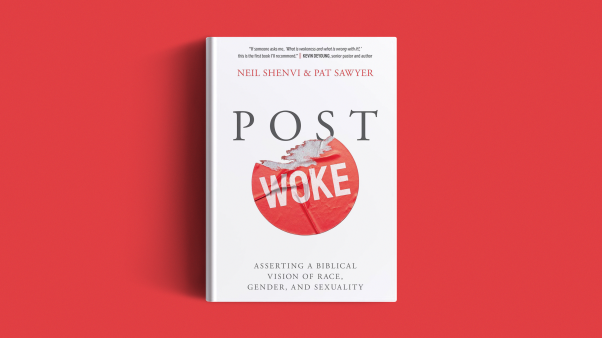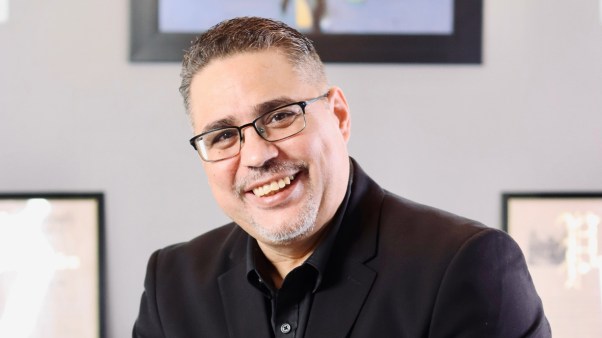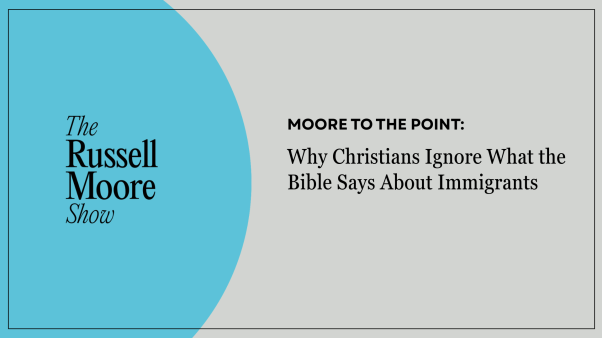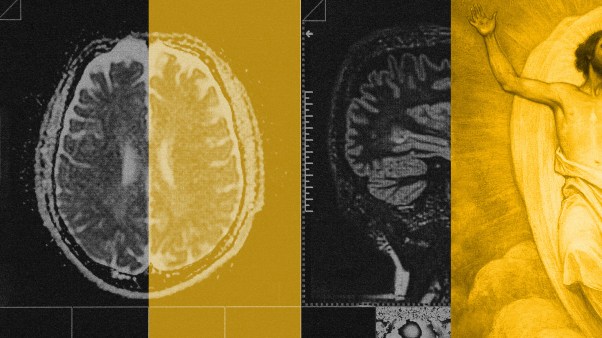I have a private war with Halloween, and I want to share it with you. Perhaps I’m only tilting against windmills in Don Quixote fashion. But I don’t think so. Some people might wonder why I want to “deprive little children of all the fun and excitement of a holiday that is a special time to them.” Well, there are lots of reasons.
For one thing Halloween has become a questionable and increasingly dangerous night. And it’s not due to ghouls and goblins. Each year more vandalism occurs, more property damaged. Older children beat up younger children. In fact, that happened to me one Halloween when I was a small child. Much worse is what some adults are doing—putting hallucinogenic drugs in candy, or razor blades in apples. You’ve heard the horror stories.
But that’s not the only reason I question this particular holiday. It’s such an extraordinary time. We do some bizarre things on Halloween, don’t we? Dressing up as spooks, goblins, and witches. Calling on people and demanding goodies. I wonder if we know why we do these things. Why do we go along with it? Because it’s tradition? That isn’t enough of a reason.
Let me put it this way. The Passover celebration in a Jewish home begins when the youngest son asks his father, “Daddy, why is this night different from all other nights?” Then the father tells him of the mighty works of God surrounding the Exodus of Israel from Egypt. But what would you say if your son or daughter were to ask about Halloween, “Why is this night different from all other nights?” How would you explain the shenanigans of Halloween?
Most people know that the word itself comes from All Hallows Eve, the evening before All Hallows. Therefore it has something to do with All Saints and the Christian Church. But what?
It comes as quite a surprise to discover that this celebration predates the Christian Church by several centuries. In fact, it goes back to a practice of the ancient Druids in Britain, France, Germany, and the Celtic countries, who lived hundreds of years before Christ was born. This celebration honored one of their deities, Samhain. Lord of the Dead. Samhain called together all the wicked souls who had died within the past twelve months and had been condemned to inhabit the bodies of animals. The date for this celebration was the last day of October, the eve of the Celtic new year. It was a time of falling leaves and general seasonal decay, and it seemed appropriate to celebrate death. That’s what it was—a celebration of death. It honored the god of the dead and the wicked spirits of the dead. The Druids believed that on this particular night the souls of the dead returned to their former homes to be entertained by the living. If acceptable food and shelter were not provided these evil spirits would cast spells, cause havoc and terror, and haunt and torment the living. They demanded to be placated. Look closely. Here is the beginning of “trick-or-treat.” Evil spirits demanding a “treat.” If they didn’t get it, you got a “trick.”
James Napier writing in Folklore says that these beliefs and practices were not confined to northern Britain, but were widespread and—with some variations—practiced the world over by pagan peoples. In Cambodia, for instance, people used to chant, “Oh, all you our ancestors who are departed deign to come and eat what we have prepared for you, and bless your posterity to make it happy.” In Mexico jars of food and drink were set on a table in a central room; the family went out with torches to greet the evil spirits and bid them in. Then they would kneel around the table and pray to these spirits to accept their offerings.
But how did all this become associated with Christianity? There’s another part of the story that goes back to Rome. The Roman Pantheon was built by the Emperor Hadrian in about A.D. 100 as a temple to the goddess Cybelé and various other Roman deities. It became a principal place of worship where Roman pagans prayed for their dead. Then, Rome was sacked, the barbarians came in, and they took over the Pantheon, along with everything else. After several centuries it fell into disrepair. In A.D. 607 it was recaptured by the Emperor Phocas and he turned it over as a gift to Pope Boniface IV.
Boniface reconsecrated it to the Virgin Mary. This was part of a general policy that wherever pagan celebrations were well established, they would be continued and incorporated into Christian worship. (Only the names were changed to protect the innocent.) So, if you worshiped a certain god, and you were conquered and “Christianized,” you could continue that same celebration. Only now you would offer it to one or another of the saints. (Rather a questionable way of evangelizing, but it was effective if you were interested in numbers.) No longer were Roman pagans gathering to pray to the goddess Cybelé for their dead. Now the Roman Catholics were gathering to pray to the goddess Mary for their dead. And they did so in the same temples.
For two centuries the major celebration in the Pantheon took place in May and was called “All Saints Day.” Then in A.D. 834 it was deliberately moved to the first of November. Why? To coincide with those ancient Druidic and pagan practices that had been going on for centuries. The Church wanted to accomodate the recently conquered German Saxons and the Norsemen of Scandinavia; it baptized yet another celebration.
That’s the wedding of All Saints Day to Halloween. Thoroughly, utterly, totally pagan: the worship of the dead, the placating of evil spirits, the honoring of the Lord of the Dead, the transferring to Mary of pagan esteem that was previously given to Cybelé. Where does this leave us?
First, there is an appropriate way of honoring the “saints” who have gone before us. But it is not to pray to them. We are nowhere in Scripture invited to pray to the saints. We are to honor them, surely, and to praise God for their good examples that encourage us. The book of Hebrews says, “we are surrounded by a cloud of witnesses.” Not witnessing us, but witnessing to us, saying, “Hang in there, keep going, it’s worth it.” Mary had confessed herself a sinner. Just like you. Just like me.
She called Jesus her Saviour—only a sinner needs a Saviour—and she worshiped her Son. It would horrify Mary to have us pray to her. The Scripture says “Seek the Lord while he may be found, call upon him while he is near.” It is idolatry and blasphemy to pray to human beings, no matter how good they might be.
Second, we are nowhere given any warrant to pray for the saints. The whole notion of praying for the saints comes from the doctrine of purgatory. But Scripture doesn’t teach purgatory. It teaches that “to be absent from the body” if you are a Christian is “to be present with the Lord.” One of our articles of faith says that “the Romanish Doctrine concerning Purgatory Pardons, Worshipping and Adoration, as well of Images as of Relics, and also Invocation of Saints, is a fond thing, vainly invented, and grounded upon no warranty of Scripture, but rather repugnant to the Word of God.” So we are not to pray to the saints and we are not to pray for the saints. The Collect for All Saints Day says, “Grant us grace so to follow thy blessed saints in all virtuous and godly living.” That’s the appropriate prayer—a prayer for ourselves.
So what about Halloween? I would like to propose an alternative to the way we have come to observe it. I don’t think you can simply take it away from children without putting something in its place. How about an All Saints Party? Why not a party on the night of Halloween that still provides an evening of fun and celebration for the children as well as adults but transforms that fun into something distinctly Christian? My parishioners responded so enthusiastically to the challenge last year that United Press International ran a story about our activities and newspapers all over the country picked it up. We want to make our “All Saints Party” an annual event.
If there must be costumes for the party, how about trying to dress as we imagine the saints of old did. Joan of Arc or Francis of Assissi. Or your favorite Bible characters—Joseph or Luke or John. What about sponsoring a contest to determine which person comes closest to our understanding of the saints? Or maybe make costumes designed around a Bible text or theme, with a prize for the best interpretation. Or why not plan a party around Pilgrim’s Progress, the way Louisa May Alcott’s Little Women did. Act out a scene from Paradise Lost or “Samson Agonistes.”
Whatever we do, let’s not have any ghosts, witches, or monsters. Let’s leave that to the Prince of Darkness. We must focus on light. And personally I want nothing whatsoever to do with the whole business of trick-or-treat; I would love to see Christians refuse to participate in it altogether.
The early Israelites were warned that “When you come into the land which the Lord your God gives you, you shall not learn to follow the abominable practices of those nations. There shall not be found among you anyone who has anything whatsoever to do with the occult or with the contacting of the spirits of the dead. For whoever does these things is an abomination to the Lord” (Deut. 18:9–12). Surely this applies to us as well.
John W. Howe is rector of Truro Episcopal Church in Fairfax, Virginia. He has the M.Div. from Yale University.










